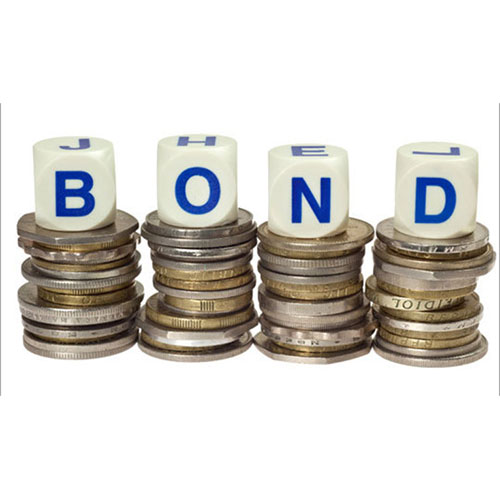Compared to equity market, bond market is considered to be stable and less volatile. But events such as falling currency makes the market volatile, depreciation and appreciation of currency against dollar is the most happening event and most of the time regulator RBI take measure to balance it time to time. And such measures often affects the bond price movement adversely.
Certainly the volatility in debt market creates doubts in minds of investors about debt market and its functionality. The base of debt market is interest rate movement. Interest rate scenario affects bond prices and so debt funds return. There is an inverse relationship between interest rate and bond prices. As interest rate moves up, bond prices come down and vice versa. This is one of the reasons why bond funds delivered negative return recently with unexpected spike in short term rates due to RBI action. So investment in long duration bond funds is recommended when interest rates are likely to fall.
There are few important things to consider before investing in debt funds :
- Investment duration of investors
- Average maturity period of bond/debt fund
- Interest rate scenario
- Understanding of the product
If you want to invest for one year, you will go to bank and invest in 1 year bank F.D. In the same way if your investment horizon is 1 year, you should opt for debt fund suitable for 1 year investment horizon. Investing in long duration bond/gilt fund for 1 year can prove risky for retail investors. So matching investment horizon with category of bond fund is very essential for bond fund investor.
Short Term Money Market Funds:
These types of funds invest in very short maturity bond papers, typically less than 91 days maturity. So interest rate risk practically does not exist for this category of funds. These are ideally suited for investors who are looking for investment of less than 1 year with low level of volatility.
Long Term Bond Funds:
Duration Funds:
Duration based funds are the ones, which take long term call on interest rate movement. Fund manager of duration fund is active in bond trading and he/she takes call on bond portfolio based on interest rate movement. i.e. if interest rate scenario looks falling, fund manager increases the duration of the portfolio by buying long maturity bond paper and vice versa. Normally they hold long duration papers of above 5 year maturity.
 Accrual Based Funds:
Accrual Based Funds:
In Accrual based funds, fund manager does not play or rely on interest rate movement. Here they try to identify high yielding/high interest paying and high credit quality bond paper, and hold them till maturity. They play on accrual and not on interest rate movement. High yields earned on portfolio get reflected in fund performance. Normally the tenure of the bond paper remains on the shorter side, less than 3 years. So this category of bond fund is less vulnerable to interest rate risk.
Both duration funds and accrual funds are for little longer horizon of above 2 years and volatility remains on a little higher side in duration funds compared to accrual based funds.
As explained in the above matrix, as an investor one needs to match his/her investment horizon with a suitable product within debt fund category.
Conclusion:
As discussed, mutual funds have different products within debt fund category catering to investor requirements across time frame. Ranging from one day to 2 years, investors can look at debt funds, which suit their investment requirements to generate tax efficient return compared to other fixed income products.
